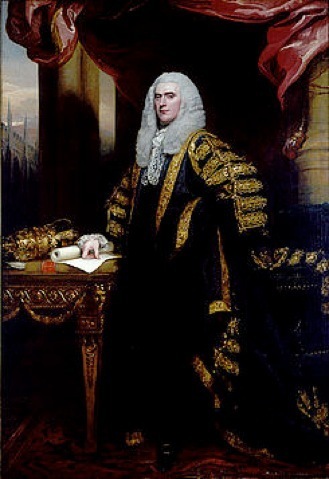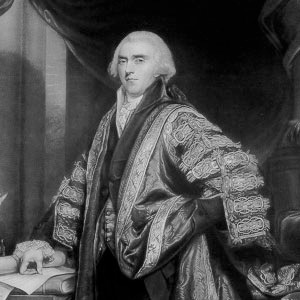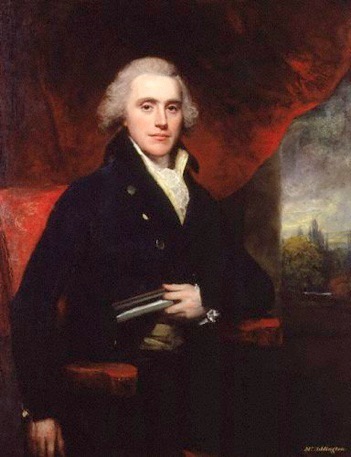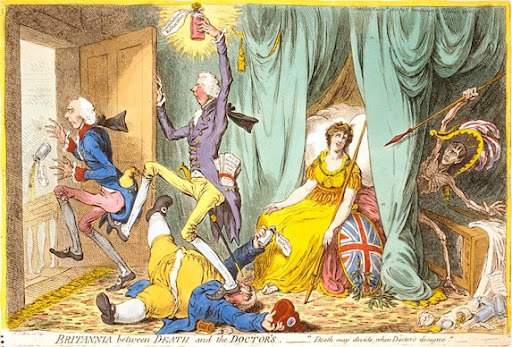Regency Era Prime Ministers-Henry Addington
Regency History
Often in my research I keep needing to find who was leading the government and do this through every book. I thought that having the list handy would be good, and then turning it into a research webpage even better. Here is the list. After I post a few more Timeline years and write some more, I will work on the web page with notes about each PM.
The next PM I am doing is Henry Addington and I am hosting a page devoted to him and then all our period PMs at Regency Assembly Press. That page is here.
William Henry Cavendish-Bentinck, 3rd Duke of Portland
04/02/1783
12/19/1783
Whig
William Pitt the Younger
12/19/1783
03/14/1801
Tory
Henry Addington 1st Viscount Sidmouth, “The Doctor”
03/14/1801
05/10/1804
Tory
William Pitt the Younger
05/10/1804
01/23/1806
Tory
William Wyndham Grenville, 1st Baron Grenville
02/11/1806
03/31/1807
William Henry Cavendish-Bentinck, 3rd Duke of Portland
03/31/1807
10/04/1809
Tory*
Spencer Perceval
10/04/1809
05/11/1812
Robert Banks Jenkinson, 2nd Earl of Liverpool
06/08/1812
04/09/1827
George Canning
04/10/1827
08/08/1827
Frederick John Robinson, 1st Viscount Goderich
08/31/1827
08/21/1828
Arthur Wellesley, 1st Duke of Wellington
08/22/1828
11/16/1830
Charles Grey, 2nd Earl Grey
11/22/1830
07/16/1834
William Lamb, 2nd Viscount Melbourne
07/16/1834
11/14/1834
Arthur Wellesley, 1st Duke of Wellington
11/14/1834
12/10/1834
Sir Robert Peel, 2nd Baronet
12/10/1834
04/18/1835
William Lamb, 2nd Viscount Melbourne
04/18/1835
08/30/1841
Tory* (Tory government, PM a Whig)
Henry Addington 1st Viscount Sidmouth, “The Doctor”
Born 05/30/1757 Holburn, London
Died 02/15/1844 London
Major Acts:
Treaty of Amiens 1802-The Intermission of the great world war with Revolutionary and Napoleonic France

The son of a doctor (Anthony Addington), who was the Physician of the Elder Pitt, Henry Addington was the first middle-class prime minister, holding office from 1801 to 1804. Having served as Speaker of the House of Commons from 1789, Addington became PM when King George III rejected Pitt’s Emancipation of Catholics Bill, forcing his resignation.
Addington also enjoyed royal favour because he had treated George III as a doctor during one of his bouts of madness.
Addington’s ministry was most notable for the negotiation of the Treaty of Amiens of 1802, in which the government agreed to an unfavourable peace with France. A peace which didn’t last. It was a brief chance to catch their breath.
It quickly broke down, and Addington could not persuade Pitt to support him as war loomed on the continent. With Napoleon’s forces readying themselves for an invasion of Britain, Addington resigned.
A notably poor orator, Addington continued to serve under Pitt, and was later elevated to the House of Lords as Viscount Sidmouth. He went on to hold office in the governments of Grenville and Lord Liverpool.
Ministry
03/17/1801 05/10/180
Henry Addington First Lord of the Treasury and Chancellor of the Exchequer
Lord Eldon Lord Chancellor
Lord Chatham Lord President of the Council and Master-General of the Ordnance
Lord Westmorland Lord Privy Seal
The Duke of Portland Secretary of State for the Home Department
Lord Hawkesbury Secretary of State for Foreign Affairs
Lord Hobart Secretary of State for War and the Colonies
Lord St Vincent First Lord of the Admiralty
Lord Liverpool President of the Board of Trade
Changes
May, 1801 – Lord Lewisham (who becomes Lord Dartmouth in July), the President of the Board of Control, enters the Cabinet
July, 1801 – The Duke of Portland succeeds Lord Chatham as Lord President (Chatham remains Master of the Ordnance). Lord Pelham succeeds Portland as Home Secretary.
July, 1802 – Lord Castlereagh succeeds Lord Dartmouth at the Board of Control.
August, 1803 – Charles Philip Yorke succeeds Lord Pelham as Home Secretary.

“In youth, the absence of pleasure is pain, in old age the absence of pain is pleasure.”


A Gilray cartoon:
A faint Britannia seated on bed with three “doctors,” William Pitt kicking Henry Addington and stepping on Charles James Fox. The figure of death, with Napoleon’s head, strides from behind bed curtains.











